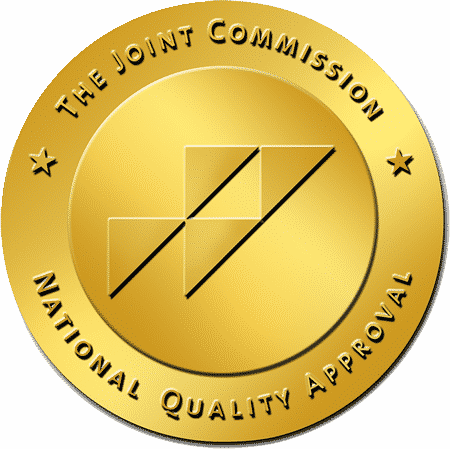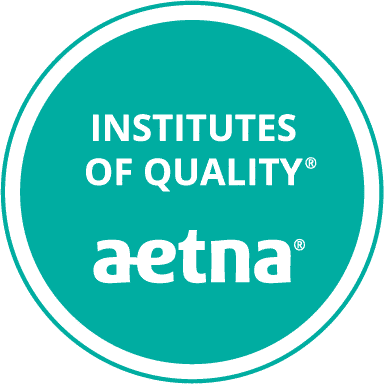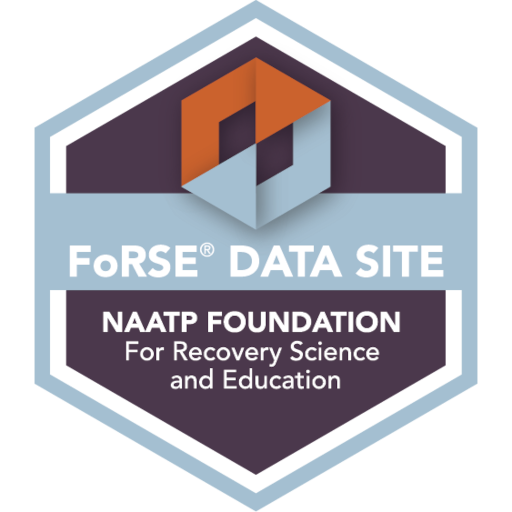Doctors and nurses are medical professionals who perform different levels of care with different responsibilities. Let’s compare the two professions.
A Doctor
- Observes symptoms and forms diagnoses
- Gives orders and develops treatment plans
- Interprets reports such as lab results and X-rays
- Performs medical procedures
A Nurse
- Gathers and reports medical information to doctors
- Collaborates with other medical providers to carry out a doctor’s plans
- Helps patients with daily living activities
- Advocates for patients
Educational Requirements for a Doctor
Becoming a doctor involves a longer period of education. Doctors take up to 13 years to complete the process. In addition to a bachelor’s degree, becoming a doctor involves finishing medical school, and then three to five years in a residency program.
What Does Medical School Involve?
Like a bachelor’s degree program, medical school typically takes four years to complete. It’s also like having a fulltime job. In addition to attending classroom lectures, medical school students also do clinical rotations which involve irregular schedules. Medical school curriculum involves a great deal of science. Persons who did not do well in undergraduate college science should think carefully about pursuing an MD or DO. After completing their medical degree, doctors enter a period of residency in the specialty they want to follow. Some students know what specialty area they want when they begin, others decide after several years in med school.
What is a Residency?
A medical residency program is post-graduate training for new physicians who have earned a Doctor of Medicine (MD) or a Doctor of Osteopathy (DO) degree. For doctors, residency usually takes three years and occurs in a hospital or clinic where they receive in-depth training within their chosen specialty, such as general practice, cardiac care, or pediatrics. During their first year of residency, doctors are called “interns” because the initial year is considered an internship. Interns become “residents” after the initial residency year as they concentrate on their specialty area.
What is the USMLE?
The United States Medical Licensing Examination is a three-step examination for U. S. medical licensure. It measurers a physician’s ability to apply principles, knowledge, and concepts and to demonstrate fundamental patient-related skills that are important in health and disease and that constitute the basis of safe and effective patient care. Doctors typically take Step 3 of the United States Medical Licensing Exam® (USMLE®), the final exam for licensure, during or after the first year. Doctors who pass the test are licensed to independently practice medicine, but residency continues.
Educational Requirements for a Nurse
A nurse can achieve licensing after two years of post-secondary education with an associate degree from a nursing school or four years with a bachelor’s degree. Two-year Associates Degree in Nursing (ADN) programs include courses in pharmacology, nutrition, health systems, growth, and aging. A four-year Bachelor of Science in Nursing or BSN degree includes education in clinical nursing, leadership, and interpersonal communication. The Accreditation Commission for Education in Nursing (ACEN) website provides a search function for finding nursing programs.
Who Licenses Doctors and Nurses in Texas?
In Texas, doctors are licensed by the Texas Medical Board (TMB). Doctors must renew their license with the TMB every two years and show they completed 48 hours of continuing education, including two hours of medical ethics training. Doctors may need additional certifications for their specialty or place of practice.
Nurses in Texas are licensed by the Texas Board of Nursing (BON). To obtain a nursing license, nurses must graduate from one of the approved nursing programs, take an appropriate U.S. exam, and either work in nursing or pass the US National Council Licensure Examination (NCLEX) examination.
There are reciprocal arrangements between states by which doctors and nurses previously licensed in other states can work in Texas.
Levels of Nursing
Licensed Vocational Nurse
A licensed vocational nurse (LVN) provides basic patient care and usually works under the supervision of an RN or doctor. LVNs help patients with activities such as feeding and bathing, take vital signs, collect samples, and talk with patients regarding their care.
Registered Nurse
A registered nurse, with a broader educational background and training, holds a higher level in the nursing hierarchy. A registered nurse may assess a patient’s condition, record symptoms and medical histories, administer medicine, perform and analyze diagnostic tests, and develop treatment plans.
Advanced Practice Registered Nurse
Registered nurses who have completed a master’s degree in nursing and met clinical practice requirements qualify to become advanced practice registered nurses. They often provide services in community-based settings including primary and preventive care, mental health, birthing, and anesthesia. Included in this category are nurse practitioners, certified nurse-midwives, certified registered nurse anesthetists, and clinical nurse specialists.
Nurse Practitioner
A nurse practitioner is an RN who has completed graduate studies (master’s degree in nursing or doctor of nursing practice) and passed a National Council Licensure Examination. Nurse practitioners see patients during medical rounds, do admission history and physical exams, write orders, and prescribe medications. They can provide care without a physician’s oversight. Nurse practitioners can specialize in caring for specific patient populations, for example pediatric care, women’s health, mental health, and gerontology.
Nurse Practitioners and Physician Assistants
Nurse practitioners and physician assistants have similar responsibilities, such as diagnosing illnesses and prescribing medications, but their training and career paths differ. A physician assistant is licensed to provide many of the same clinical services as physicians when working in primary care settings, including giving physical exams, diagnosing and treating illnesses, and prescribing medications. Nurse practitioners focus on a specialized role while physician assistants are educated in general medicine.
Certified Nurse-Midwives
A Certified Nurse-Midwife (CNM) focuses on gynecologic and family planning services. They also provide primary care, prescribe medication, and provide counseling regarding basic nutrition and the patient’s well being. To become a CNM the nurse must graduate from a master’s program or higher-level nurse-midwifery education program approved by the Accreditation Commission for Midwifery Education and pass the national Certified Nurse-Midwife Examination.
Certified Registered Nurse Anesthetist
These are APRNs who are responsible for administering general and local anesthesia, sedation, epidural, spinal and peripheral nerve blocks. They work in doctor’s offices, medical centers, and pain clinics. They must complete an accredited nurse anesthesia educational program and pass the certification examination administered by the National Board of Certification and Recertification for Nurse Anesthetists.
Clinical Nurse Specialists
Clinical nurse specialists have advanced education and training in a specialized area of nursing practice. They work in a wide variety of health care settings, providing diagnosis, direct patient care, and ongoing management of their patients.
More Flexibility in Nursing
While medical students seeking to be doctors spend much of their time in class and training on a specialty area they choose as their career path, nursing students have more leeway in what they can do with their educational options than other medical professionals.
Job Outlook and Average Salary for Registered Nurses in U.S.
The U.S. Bureau of Labor Statistics (USBLS) predicts that the growth rate for employment of registered nurses will be 9 percent between 2020 and 2030. The USBLS prediction calls for an average of 194,500 annual nursing openings during that decade.
In May 2021, the average salary for registered nurses was $77,600.
Areas in Which Registered Nurses Work
According to the USBLS, in 2021 there were 3 million registered nurses working for health care providers the U.S. They were dispersed as follows:
- General medical hospital or surgical hospital, 1,752,210
- Doctor’s office, 199,130
- Home healthcare services, 173,790
- Outpatient care centers, 147,720
- Skilled nursing facilities, 131,320
La Hacienda Has a Complete Medical Team
La Hacienda Treatment Center is unique in having an on-site team of doctors, psychiatrists, and nurse practitioners who visit daily with patients. This is in addition to our registered nurses and licensed vocational nurses who are available 24/7 to check vital signs daily and tend to routine medical needs. La Hacienda takes a holistic approach to treating patients with substance use disorders that includes body, mind, and spirit. There is also a Family Program which invites patient’s immediate family members to learn more about their loved one’s health problems and how they can support their recovery.
For more information about La Hacienda or to start the admission process, phone (800) 749-6160 and talk with one of our on-campus admission specialists.

Licensed Physician and Nursing Care
An important plus to detoxification and care at La Hacienda Treatment Center is that we have an excellent on-site healthcare team which provides a systematic approach to effective and compassionate around-the-clock patient care including implementation of the patient’s treatment plan.

Primary Health Care Provider
As authorized by state law, primary healthcare provider are physicians (Medical Doctor or Doctor of Osteopathic Medicine), nurse practitioners, clinical nurse specialists or physician assistants, who provide, coordinate, or help a patient access healthcare services that vary widely.

Texas Board of Nursing Scope of Practice
The legal scope of practices for professional registered nurses (RNs) guidelines for nursing education in Texas are defined in the Nursing Practice Act (NPA). The Board of Nursing was created by the NPA, which was first passed by the legislature in 1909. It reviews and grants credentials to professional nurses in the state.

Joint Commission Credentialing
Founded in 1951, The Joint Commission (TJC) is an independent, non-profit organization which sets performance standards for evaluating healthcare organizations with the goal of improving healthcare quality. TJC survey team members perform an inspection of a participating facility and interview its staff. Upon verification that it is meeting the standards for quality and safety practice, the organization earns The Gold Seal of Approval (registered trademark).\




